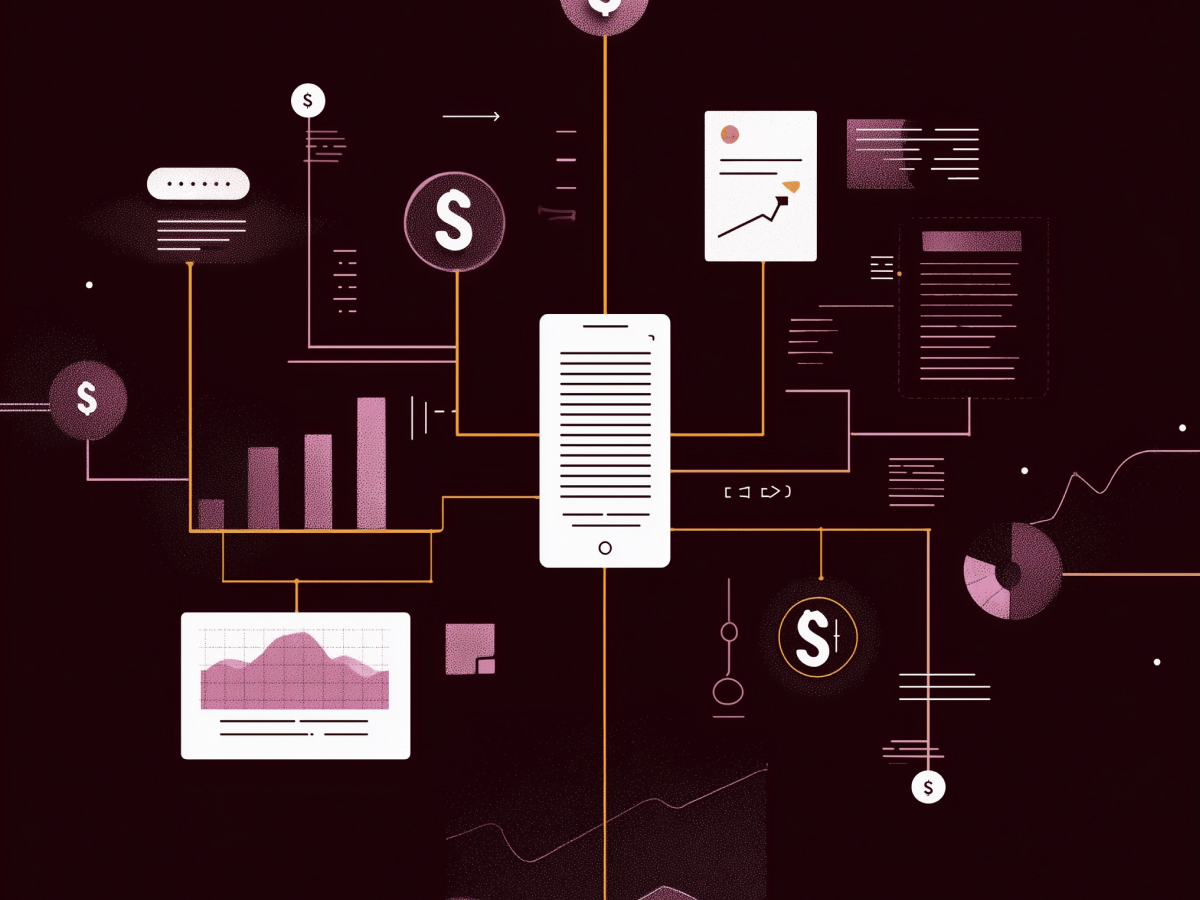Poor data quality is the main barrier to advancing AI projects
The reality is that too many companies spend millions on proof-of-concept projects, only to watch them hit a wall. Why? The data they rely on is disorganized, unreliable, and incomplete. To get beyond this proof-of-concept trap, businesses need more than fancy models. They need data systems that are structured, reliable, and laser-focused on delivering measurable value.
Gartner estimates that by 2025, 30% of generative AI projects will be scrapped after the prototype stage. That’s not because the algorithms are flawed, it’s because the data behind them isn’t up to the job.
The issue goes deeper than wasted money. Every failed project chips away at a company’s reputation, stifling innovation and creating hesitation to invest in future AI initiatives. The biggest misconception? Thinking you can fix bad data downstream. If the data isn’t high-quality from the start, you’re essentially programming failure into your system.
AI success isn’t built by training the smartest models, but rather on building a precise and disciplined data pipeline. The organizations that prioritize this will lead the way in a world increasingly dependent on intelligent systems.
Data quality is more critical than quantity
For years, people believed more data was always better. But in AI, that’s a myth. Quantity without quality is worse than useless. Feeding your models a mountain of sloppy data doesn’t just waste resources—it actively sabotages results. Errors, biases, and irrelevant information creep in, skewing predictions and making your systems unreliable. In short, more bad data means more bad decisions.
Large datasets carry quality risks and bog down your operations. Processing unstructured, redundant data eats up computing power and time, slowing down your ability to iterate and adapt. And don’t underestimate the financial impact. For smaller businesses, managing these bloated datasets can become prohibitively expensive.
The numbers tell the story as it is. Poor data quality costs the U.S. economy $3.1 trillion annually, according to IBM. That’s a staggering figure, and it highlights why organizations must shift their focus. Instead of hoarding data like it’s gold, they should treat it like a precision toolset, each piece selected for its specific purpose.
The lesson here is simple: prioritize quality over quantity. Data doesn’t need to be big, but it does need to be smart. The most successful AI systems do well on oceans of data but on clean, curated, and targeted information. It’s how you go from training clunky prototypes to deploying efficient, production-ready systems.
Characteristics of high-quality data
High-quality data is the foundation of every successful AI system. Without it, even the best algorithms are worthless. What makes data “high-quality”? Although it’s essential, data accuracy isn’t the only important characteristic. Data also needs to be structured, diverse, relevant, and collected responsibly. Think of these as the key ingredients in a recipe for scalable AI.
Let’s break it down:
- Accuracy: Data must mirror reality. If it doesn’t, your model will be solving the wrong problem.
- Consistency: Uniform formats and standards eliminate confusion and errors during training.
- Diversity: Including varied data helps systems adapt to new and unexpected scenarios.
- Relevance: Data should directly align with the goals of the project, reducing noise and improving results.
- Ethics: Data collection must respect privacy and avoid bias, for fair and trustworthy outcomes.
Consider Automotus, a company that struggled with corrupted and redundant data. Focusing on data quality let them trim the fat, reducing their dataset while improving their model’s performance. The results? A 20% boost in object detection accuracy and a 33% cut in labeling costs. That’s the power of clean, purposeful data.
Organizations should think of data as whole in which every piece has to be optimized, reliable, and high-performing. Anything less weakens the entire system. This focus transforms AI from an experimental toy into a production powerhouse.
Practical strategies to raise data quality
Fixing data quality requires discipline. The key is to treat data like any other core asset: managed with clear standards, regular maintenance, and the right tools. Here’s how to get it done:
- Governance: Set clear rules about who owns the data, how it’s managed, and what standards it must meet. It’s the foundation for everything else.
- Cleaning techniques: Use advanced methods like outlier detection and normalization to eliminate noise and inconsistencies.
- Accurate labeling: Combine automation with human oversight for precision. Automated tools are fast, but they need human intuition to handle edge cases.
- Diverse sources: Pull data from varied, reliable sources to minimize bias. It’s like diversifying your investments, reducing risks and improving performance.
- Advanced tools: Modern AI systems require continuous curation. Use data management tools to keep datasets fresh and aligned with evolving needs.
The hidden cost of poor-quality data is time. Data scientists spend 80% of their work hours preparing data, leaving only 20% for actual innovation. Focusing on quality upfront will then let organizations reclaim that time, making their teams exponentially more productive. Clean, reliable data turns AI projects into operational assets, driving better decisions and delivering real-world impact.
Scaling AI needs a data-centric approach
The best algorithms in the world can’t overcome bad data pipelines. As AI adoption grows, the challenges of maintaining data quality in distributed environments become even more complex.
Key innovations are stepping up to address these challenges:
- Automated data checks: These tools catch issues early, saving time and money.
- Machine learning for cleaning: AI helping AI by improving data integrity automatically.
- Privacy-preserving tools: Safeguard sensitive information while enabling comprehensive training.
- Synthetic data generation: Augment real datasets with high-quality, artificially created examples.
Gartner predicts that by 2025, 75% of enterprise data will be processed outside traditional data centers. That shift demands smarter strategies for data quality, especially in dynamic, real-time environments. Companies that get this right will lead the next wave of AI innovation.




